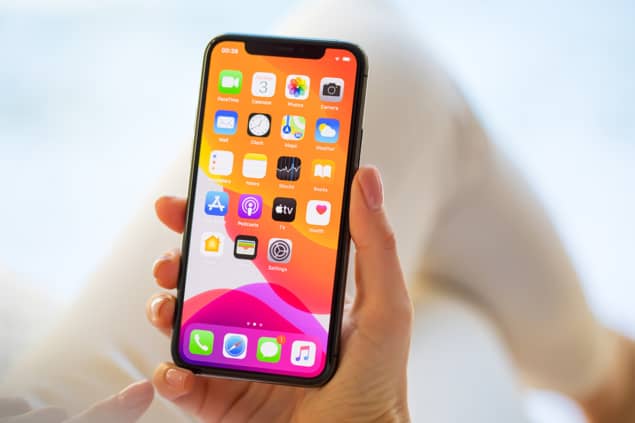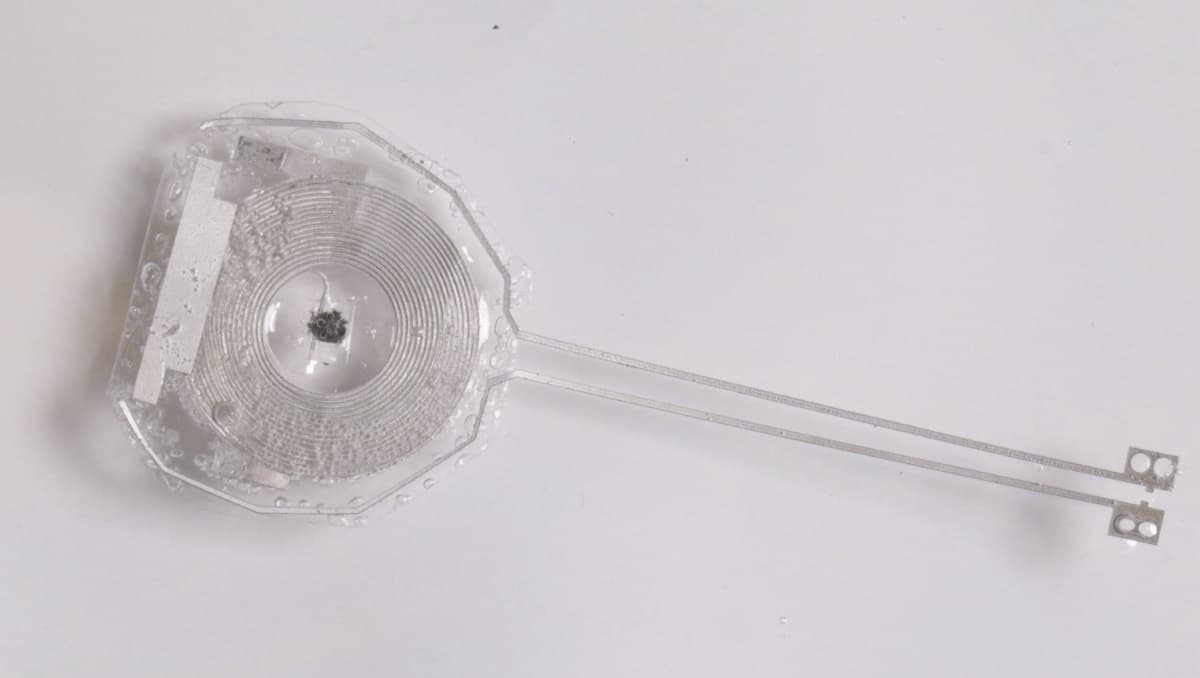
Modern consumer electronics can produce magnetic fields strong enough to interfere with implanted medical devices, but the effect only poses a low risk to patients. That is the conclusion of Seth Seidman and colleagues at the US Food and Drug Administration’s Centre for Devices and Radiological Health , who measured variations in magnetic field strength at varying distances from the latest models of a smartphone and a smart watch. Based on their findings, the researchers suggest that these electronics should be kept at least 15 cm away from implanted devices.
For patients suffering from heart rhythm disorders, implantable pacemakers and cardioverter-defibrillators can deliver life-saving electrical pulses that cause the chambers of the heart to contract and pump blood at an appropriate rate. When an implant wearer undergoes a procedure where strong electromagnetic interference is possible, or a medical treatment where implanted devices must be temporarily suspended, devices are put into “magnet mode” to prevent inaccurate heart rate tracking and the delivery of inappropriate electrical pulses in response.
As a standard, the magnet mode is activated by a simple doughnut magnet, with a strength of roughly 9 mT (around 200 times the strength of Earth’s magnetic field). However, it can also be inadvertently triggered by any static magnetic field encountered by the patient, with a strength exceeding roughly 1 mT.
Rare-earth magnets
Such strengths were once rare from household items, and only found near devices like stereo speakers and cordless tools. Today, however, they can also be generated by powerful rare-earth magnets such as neodymium – which are small enough to fit inside headphones, door locks, and smartphone speakers.
In their study, Seidman’s team assessed the influence of these fields by placing an iPhone 12 and Apple Watch 6 at varying distances from a magnetic field detector. They found that at proximities of less than 1 cm, the detector encountered fields significantly stronger than 9 mT – which could easily trigger magnet modes inadvertently. This strength attenuated as the distance increased, and dropped below 1 mT beyond 2 cm.

Temporary pacemaker regulates heart rhythm then completely disappears
From their results, the researchers conclude that modern consumer electronics currently pose a low risk to people with implanted medical devices. They add that they are not aware of any cases where the effect has placed a patient in danger. Yet as technology continues to advance, they expect that the risk will grow as stronger fields become increasingly common.
As a result, Seidman and colleagues say that steps should be taken to ensure patients and healthcare providers are aware of the potential risks, and suggest simple preventative measures to ensure patient safety. These include keeping consumer electronics such as smartphones and watches at least 15 cm away from any implanted devices, and not carrying them in pockets covering the devices.
The research is described in Heart Rhythm.
